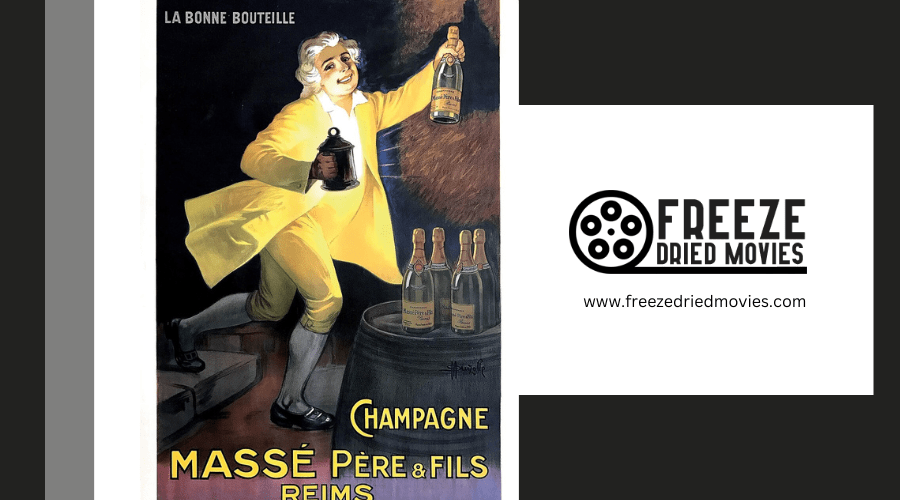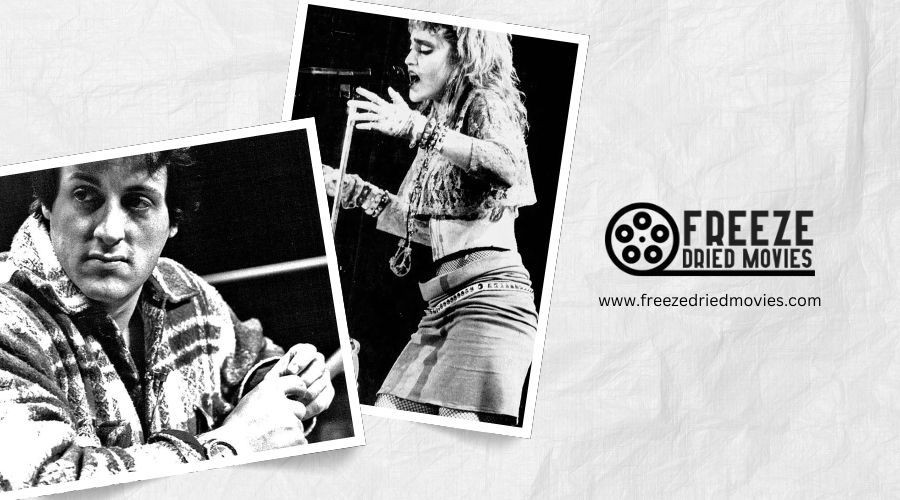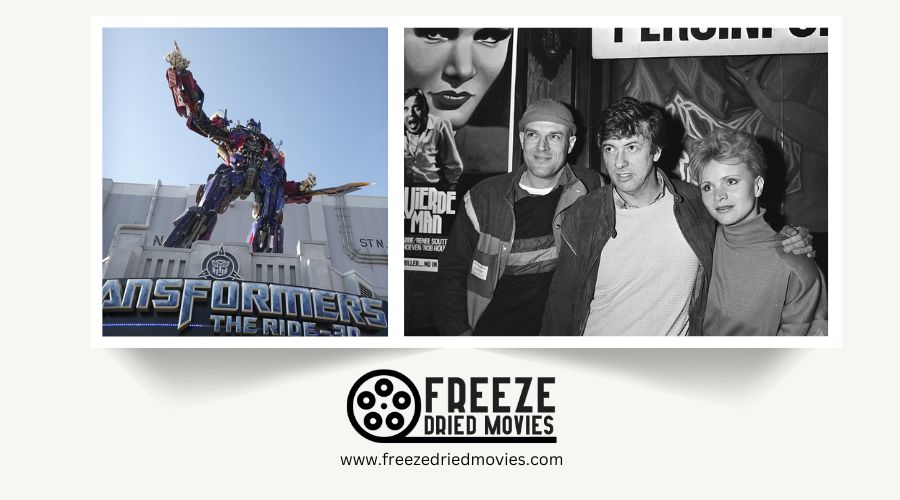What Are the Most Sought After Movie Posters?

The most sought-after movie posters include the record-breaking Metropolis (1927), which sold for $690,000, and Universal horror classics like Frankenstein and Bride of Frankenstein from the 1930s. You'll find Casablanca posters consistently commanding six-figure sums, with the 1946 Luigi Martinati design fetching $478,000. Collectors particularly value posters from cinema's golden age (1920s-1950s) due to their rarity, artistic brilliance, and cultural significance. The stories behind these treasured artifacts reveal cinema's fascinating evolution.
Key Takeaways
- The 1927 Metropolis poster by Heinz Schulz-Neudamm holds the auction record at $690,000 with only four known copies existing worldwide.
- Universal horror posters from the 1930s featuring Frankenstein, Dracula, and The Mummy command exceptional prices due to their scarcity and iconic imagery.
- Casablanca posters from various releases routinely break auction records, with Luigi Martinati's 1946 design selling for $478,000.
- Early sci-fi and adventure posters like King Kong (1933) in large formats are highly coveted by serious collectors.
- Movie posters from cinema's formative years (1900s-1950s) are particularly valuable due to their historical significance and extreme rarity.
The Birth of Movie Posters: From Brispot to Modern Cinema
While cinema itself captivates audiences worldwide, the artistry that advertises these films has its own fascinating history. Movie posters trace their origins to 1895 Paris, where the Lumière brothers held the first commercial screening of motion pictures. French artist Henri Brispot created the advertisement poster for this groundbreaking event—a piece that sold at auction in 2018, demonstrating its tremendous historical value.
As cinema evolved, so did the art of movie promotion. The most valuable posters today typically date back about 100 years to classic films from Hollywood's Golden Age. These rare artifacts represent the birth of an industry that would transform entertainment forever.
For collectors and film enthusiasts, these posters aren't just advertisements—they're tangible connections to cinema's formative years. Posters from the early 1900s to 1950s are particularly valuable, with many commanding six-figure sums at auction due to their rarity and historical significance.
The Golden Age of Hollywood Poster Art (1920s-1950s)
When studios discovered the marketing power of eye-catching imagery, the golden age of movie poster art was born. During this era spanning the 1920s through 1950s, posters became collectible treasures that now command staggering prices at auction.
The 1927 Art Deco masterpiece for *Metropolis* holds the record at $690,000, while horror classics like *Frankenstein* (1931) and *Bride of Frankenstein* (1935) regularly fetch six-figure sums. The latter sold for over $300,000, showcasing how unique variant designs considerably impact value.
Large-format posters are particularly coveted, exemplified by the three-sheet *King Kong* (1933) poster that fetched $388,375. As collectors' interest grows, preservation efforts and research continue to uncover rare examples, further energizing the market for these cultural artifacts. The introduction of the Hays Code in the 1930s influenced poster designs by enforcing strict moral guidelines that prohibited overly suggestive imagery, resulting in more creative and subtle marketing approaches.
Metropolis (1927): The Record-Breaking $690,000 Masterpiece
Among the pantheon of rare movie collectibles, no item commands more awe than the 1927 Metropolis poster designed by Heinz Schulz-Neudamm. This expressionist masterpiece shattered records when it sold for an astonishing $690,000 at auction in 2005, cementing its status as the most expensive movie poster ever sold.
What makes this piece so valuable? With only four known copies in existence, its extreme rarity combines with its iconic futuristic imagery that perfectly captures Fritz Lang's visionary sci-fi film. Collectors consider it the "holy grail" of movie posters, with rumors that Leonardo DiCaprio owns one of these treasures.
The record-breaking sale transformed the high-end poster market, demonstrating that the most extraordinary examples of cinematic art can command prices rivaling fine art masterpieces. While not from the same era as Metropolis, horror movie posters from the Golden Age period (1930-1934) represent another highly coveted category for serious collectors.
Horror Icons: Why Dracula, Frankenstein, and The Mummy Command Top Dollar
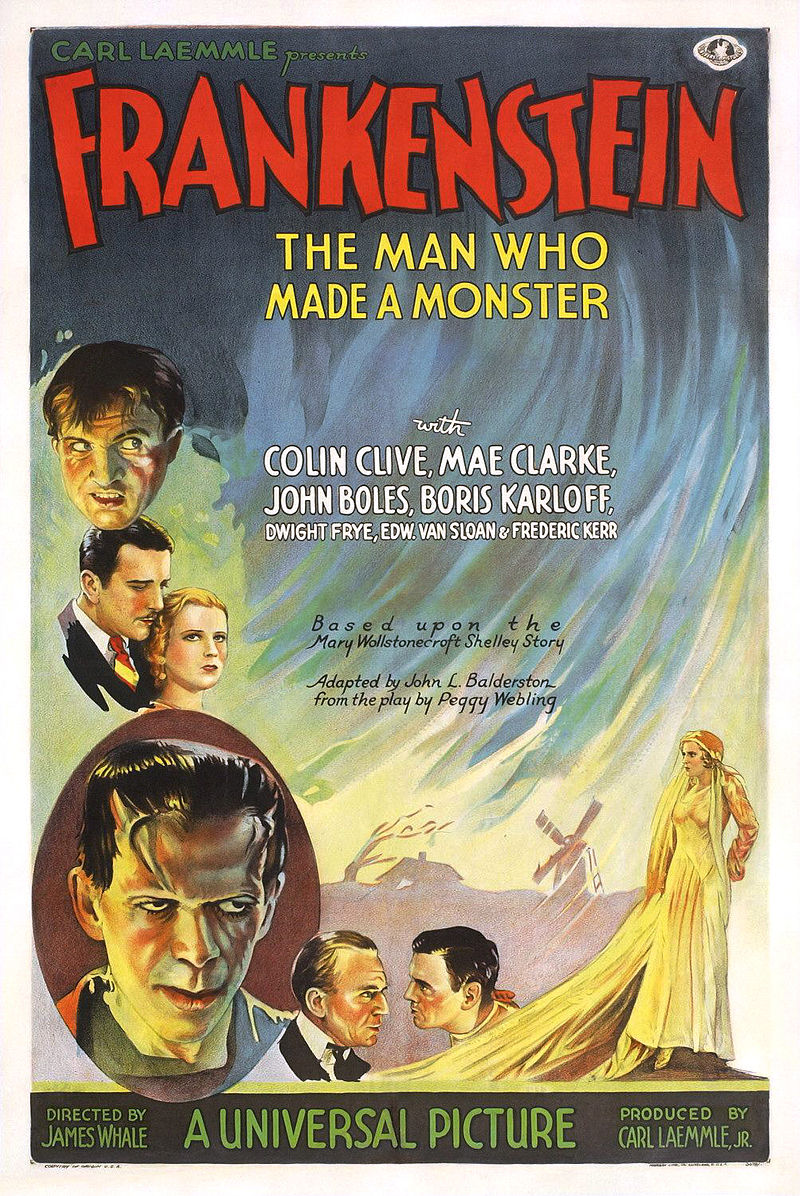
Long before Metropolis broke auction records, horror posters established themselves as the backbone of high-value movie memorabilia. Universal horror classics from the 1930s featuring Karloff and Bela Lugosi consistently fetch astronomical prices, with some exceeding $500,000 at auction.
What makes these pieces so valuable? Three factors stand out:
- Extreme scarcity: Few original Frankenstein posters survived, with rare style variations being particularly elusive
- Artistic brilliance: The atmospheric artwork on Phantom of the Opera and other Universal's classic posters perfectly captures each film's chilling essence
- Cultural significance: These images represent the birth of modern horror cinema and continue influencing the genre today
The enduring fascination with these monsters guarantees their promotional materials remain among collecting's holy grails. The transition from silent films to talkies in the early 1930s marked a pivotal moment that increased the cultural impact of these horror icons and consequently the value of their original promotional materials.
Casablanca: Multiple Versions Among the Most Valuable Movie Posters Ever
Unlike most films with a single iconic poster design, Casablanca's promotional artwork appears in multiple highly coveted versions that consistently break auction records. The 1946 Luigi Martinati design commands extraordinary respect, having sold for a staggering $478,000 - evidence of this vintage movie's enduring appeal.
If you're tracking the most valuable movie posters ever sold, you'll notice Casablanca repeatedly makes the list. The 1942 insert poster fetched $191,200, while Martinati's 1953 portrait featuring Humphrey Bogart and Ingrid Bergman sold for $203,150.
What drives these astronomical prices? The combination of rarity, condition, and Casablanca's unmatched cultural significance makes these posters the crown jewels of film memorabilia collecting, representing cinema's golden age.
The Rarity Factor: One-of-a-Kind Designs That Collectors Chase
While Casablanca's multiple poster designs command attention for their collective value, the true holy grails of movie poster collecting often exist as singular specimens that may never appear again. You'll find that rarity drives astronomical prices, as evident with The Public Enemy's style-A design that sold for $167,300.
When considering the most valuable movie posters, uniqueness creates legendary status:
- The Frankenstein (1931) insert poster remains the ultimate prize, with collectors searching for decades without finding a second example
- The Metropolis (1928) daybill with Bernie Bragg's artwork commanded $215,100, setting an Australian record
- The Maltese Falcon's six-sheet poster brought $191,200 as the only known example ever offered
Comparable to London After Midnight or King Kong posters, these rarities represent collecting's pinnacle.
Preservation Challenges: How Surviving Posters Beat the Odds
Nearly all movie posters from cinema's golden age faced destruction by design. Studios treated these promotional materials as disposable advertising, contributing to astonishingly low survival rates over the past century.
The rare discovery of "The Public Enemy" poster illustrates these preservation challenges perfectly. Hidden as insulation for over 70 years, this pristine example survived while thousands of others deteriorated or were discarded. Similarly, the "Frankenstein" insert poster's unique status stems from decades of fruitless searching to locate even a single copy.
Size and fragility create additional obstacles, as evidenced by the scarcity of "The Maltese Falcon" six-sheet poster. Every surviving piece represents a victory against time, with collectors and institutions now working diligently to protect these fragile historical artifacts from further damage.
Beyond Hollywood: International Poster Designs That Break Records
The global market for rare movie posters extends far beyond Hollywood's borders, revealing how international designs often command the highest prices at prestigious auctions. The international version of Fritz Lang's Metropolis poster set an astonishing record at $690,000 in 2005, reportedly purchased by Leonardo DiCaprio himself.
European artistic influence has considerably shaped the most valuable poster market:
- Luigi Marinati's striking Italian interpretation of Casablanca reached $478,000, demonstrating how foreign artistic visions can redefine classic American films
- The rare color London After Midnight poster fetched $478,000, despite the film itself being lost to history
- Horror classics like The Mummy ($435,500) and The Bride of Frankenstein ($334,600) continue to attract international collectors seeking distinctive artistic renderings
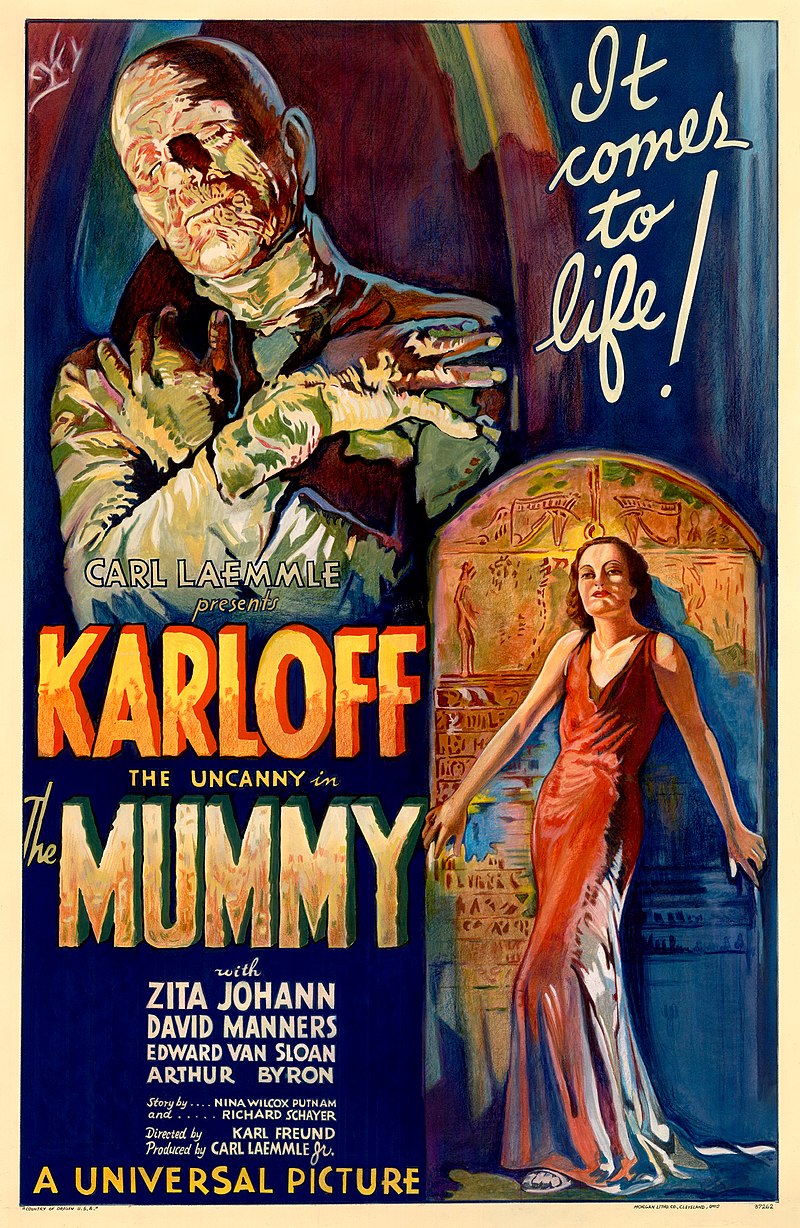
The Investment Potential of Vintage Movie Posters
Beyond their artistic and nostalgic appeal, vintage movie posters have emerged as lucrative investment vehicles that consistently outperform traditional markets.
The investment wisdom is clear: focus on posters featuring cultural milestones, legendary stars, and seminal films like Casablanca and King Kong. Your investment potential increases with rarity and condition, as evidenced by the extraordinary prices paid for restored one-of-a-kind finds like The Public Enemy (1931) poster.
You'll find that the rarest and most iconic posters have achieved remarkable returns, with the most valuable examples ever sold reaching six-figure sums at prestigious auction houses. Consider that a single Frankenstein poster sold at auction for over $700,000, transforming what was once mere advertising into valuable works of art.

